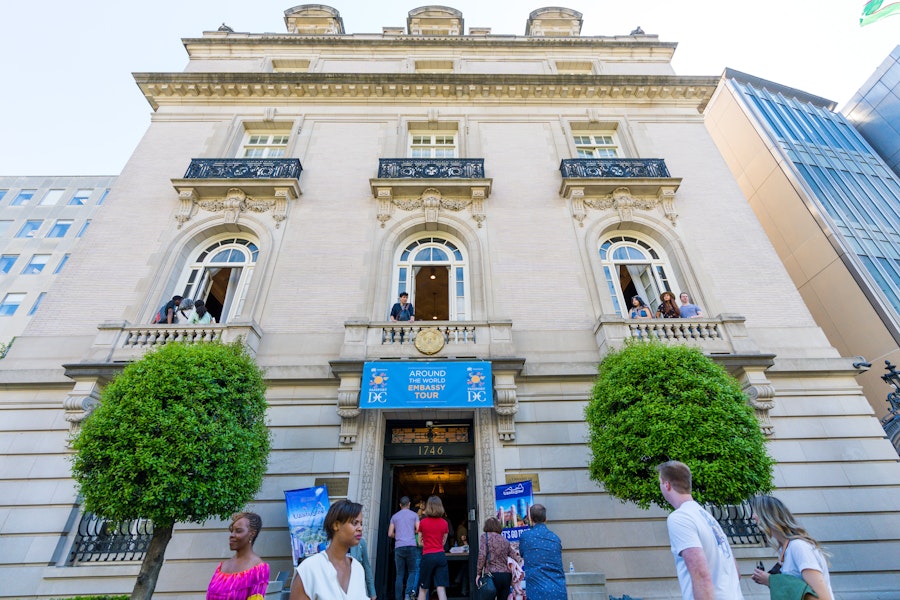
Embassy of Uzbekistan
Dotting the city grid of Washington, DC are over 175 embassies, making it an unmatched diplomatic destination. Beyond politics, embassies enrich the fabric of the city by sharing their culture and values, fostering a global mindset and character truly unique to DC.
Ready to explore the world without leaving the city? Choose where to begin:
★ Learn where to find DC's embassies.
★ Discover ways to access them.
★ Explore with our self-guided embassy tour (view map).

Embassy of Uzbekistan
Embassies, consulates, ambassadors’ residences and mission buildings can be found all over the city, with the highest concentration along Embassy Row – Massachusetts Avenue between Dupont Circle and Observatory Circle – and throughout Upper Northwest DC.
These neighborhoods were the go-to spot for the well-to-do Washingtonians to build their mansions, earning the nickname Millionaire’s Row. In the early 20th century, with the Great Depression and the Second World War, many of these luxurious Beaux Arts homes came into new hands, creating an opportunity for diplomatic missions to take root. Over the years, other buildings were designed specifically to reflect the people it would represent, many by internationally acclaimed architects.
By venturing onto side streets, explorers can discover even more picturesque embassies, stately residences and hidden gardens – usually given away by their national flag, a seal above the door and a plaque.
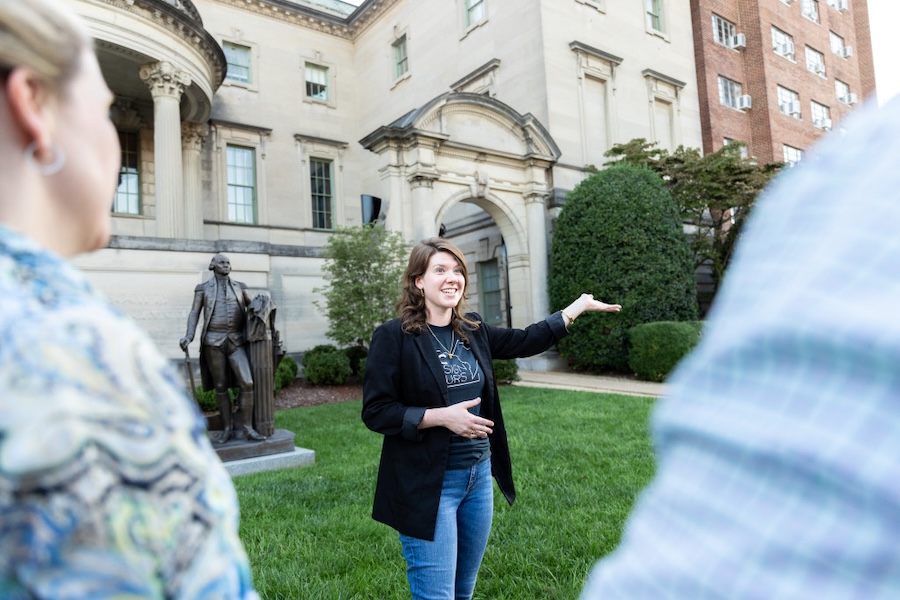
DC Design Tours
Since embassies are active government buildings, a little planning goes a long way if you’re hoping to get a look inside. A handful of embassies have spaces open to the public, including the art gallery at the Embassy of Canada and the exhibit space at House of Sweden, and many others present opportunities to get a glimpse on special days throughout the year.
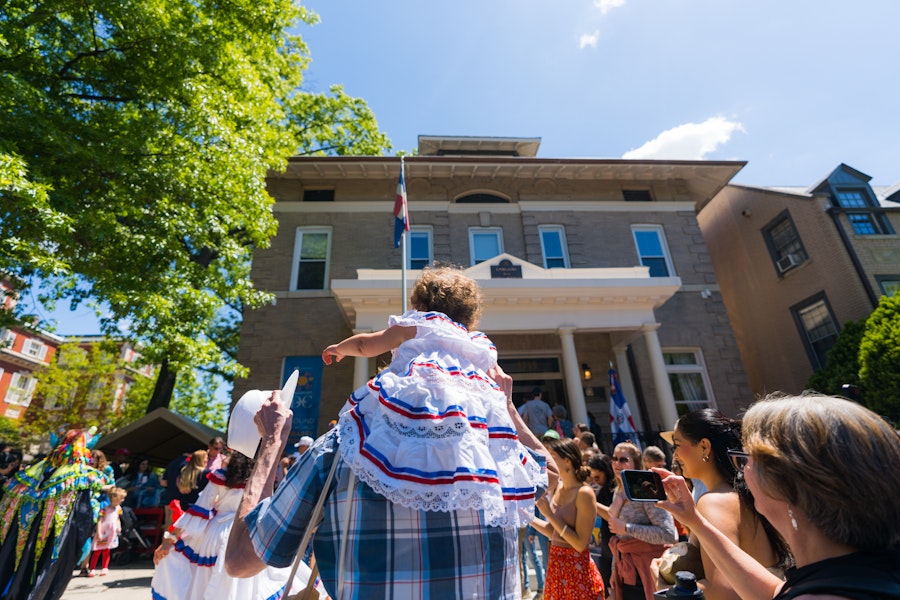
In addition to a full month of Passport DC each May, embassies and their corresponding cultural institutes open their doors year-round for community events meant to reflect the culture and values of that nation. These include festivities from tango lessons (Argentina) and fado concerts (Portugal), to black-tie parties (Mexican Cultural Institute), film screenings (Korean Cultural Center) and panels (House of Sweden).
Check the embassies’ Instagrams and websites for happenings, as well as Things to Do DC and International Club of DC.
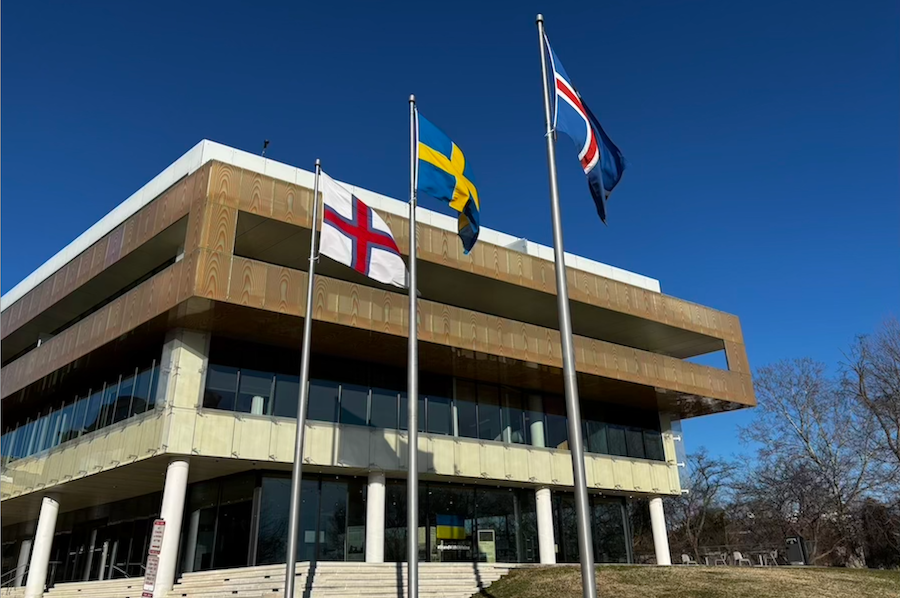
House of Sweden
Find international inspiration along this walking route, which explores some of Embassy Row’s historic sites and hidden gems. The itinerary covers 1.5 miles and takes approximately one hour.
★ Begin your diplomatic tour at the Finnish Embassy on Observatory Circle, a 20-minute walk from the Woodley Park metro station.
★ On the southern side of the Circle, you’ll see the British Embassy, which is credited with the bedrock of Embassy Row, built in 1931.
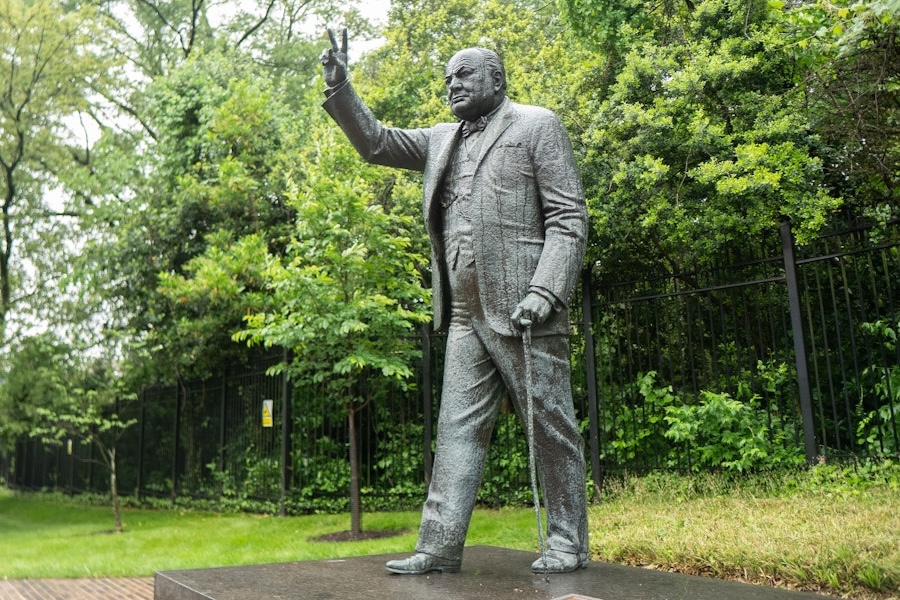
★ Out front, you’ll see the first Embassy Row’s signature statues.
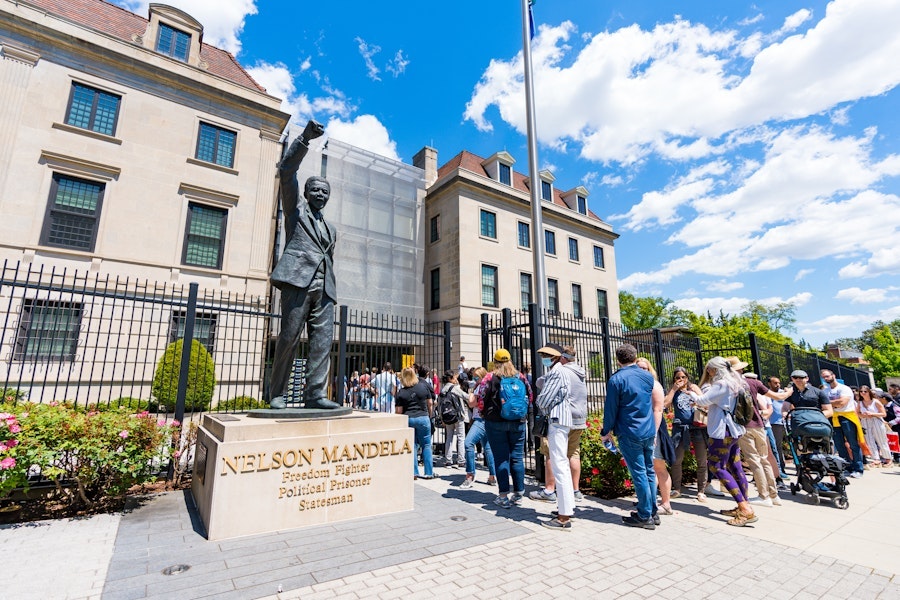
★ Next in line is the Embassy of South Africa.
★ On the other side of these buildings is the former Embassy of Iran, which has been vacant since the Iranian Revolution in 1780, when the U.S. suspended diplomatic relations with the Middle Eastern nation.
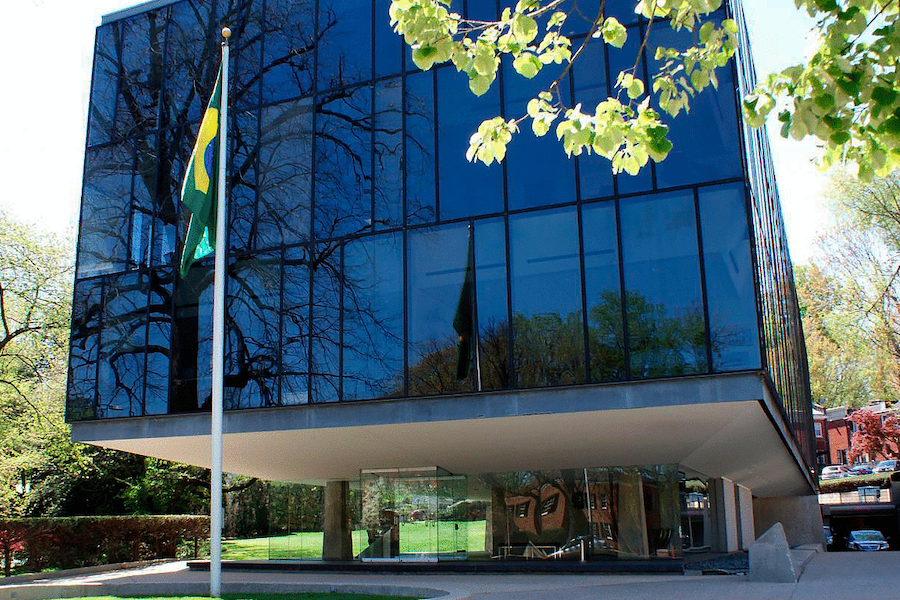
Embassy of Brazil
★ You’ll also see the complex of the Embassy of Brazil, the second major entity to make its home on this stretch of Massachusetts.
★ Cross the bridge over Rock Creek Park to arrive to our next architectural and cultural highlight: the Islamic Center.
★ Continue down the street and peer through the gates of the Japanese Embassy.
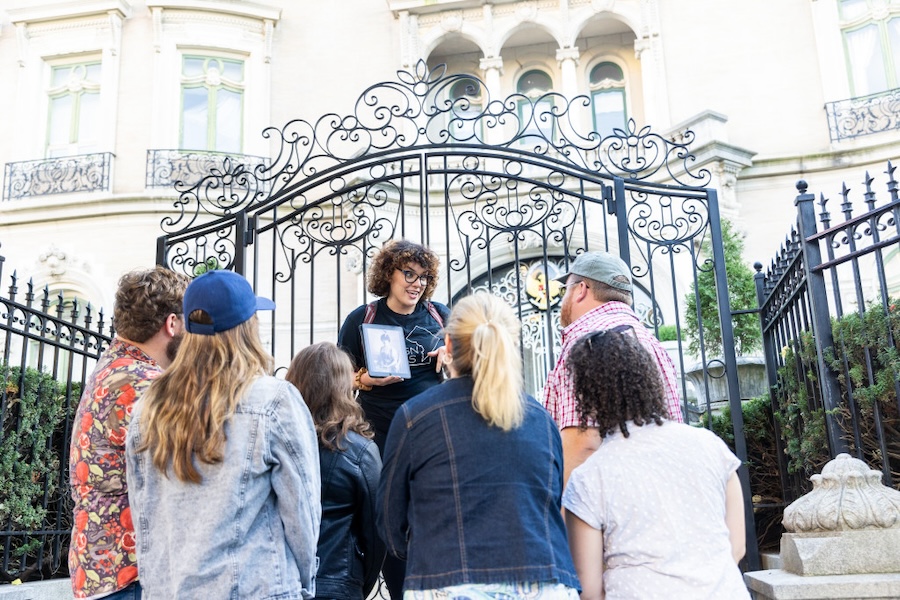
DC Design Tours
★ Close to Dupont Circle, you'll find one of the most elaborate edifices on Massachusetts Avenue: the Indonesian Embassy, purchased by the government in 1951.
★ Keep wandering and end your tour just past the Dupont Circle Metro Station at the Embassy of Argentina.
Tip: You can add to your route by peeling off of Mass Ave to see other landmarks like the Woodrow Wilson House, the Spanish Steps, the Phillips Collection and the Society of the Cincinnati, all with incredible insights into the history of the region.
If you want to keep traveling the world while in DC, we have you covered. Check out these free international activities in the District.